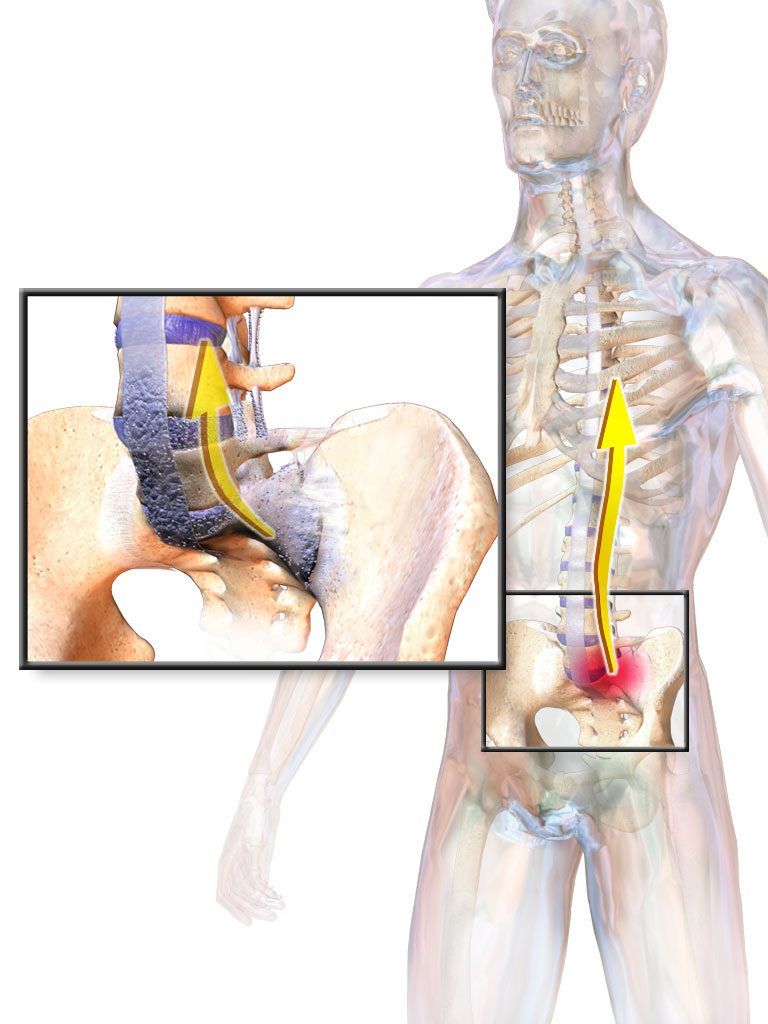Biomechanical properties of lumbar myofascia in younger adult with ankylosing spondylitis
Ankylosing spondylitis is a chronic degenerative and inflammatory rheumatologic condition that primarily affects the spine. Delayed diagnosis can lead to a debilitating spinal and joint impairment. A study from Bradley University in Illinois, USA examined biomechanical properties of non-contracting (resting) human lower lumbar myofascia in ankylosing spondylitis patients. The study was published in Clinical Biomechanics.
The study measured biomechanical properties of stiffness, frequency, decrement, stress relaxation time, and creep from 24 ankylosing spondylitis patients (19 male, 5 female). As a control, the study measured 24 age- and sex-matched control subjects in prone position on both sides initially and after 10 min rest. Concurrent surface electromyography measurements were performed to ensure resting state.
The study found that in ankylosing spondylitis subjects, decreased lumbar muscle elasticity was mainly correlated with disease duration. While in control subjects, BMI was the primary correlate. In ankylosing spondylitis and control groups, significant positive correlations were observed between the linear elastic properties of stiffness and frequency as well as between the viscoelastic parameters of stress relaxation time and creep.
The findings indicate that increased disease duration is associated with decreased tissue elasticity or myofascial degradation. Both ankylosing spondylitis and healthy subjects showed similar correlations between the linear and viscoelastic properties which suggest that the disease does not directly alter their inherent interrelations. The novel results that stiffness is greater in ankylosing spondylitis than control subjects.
The authors further added that this initial finding deserves further investigation to find out their underlying mechanisms.



